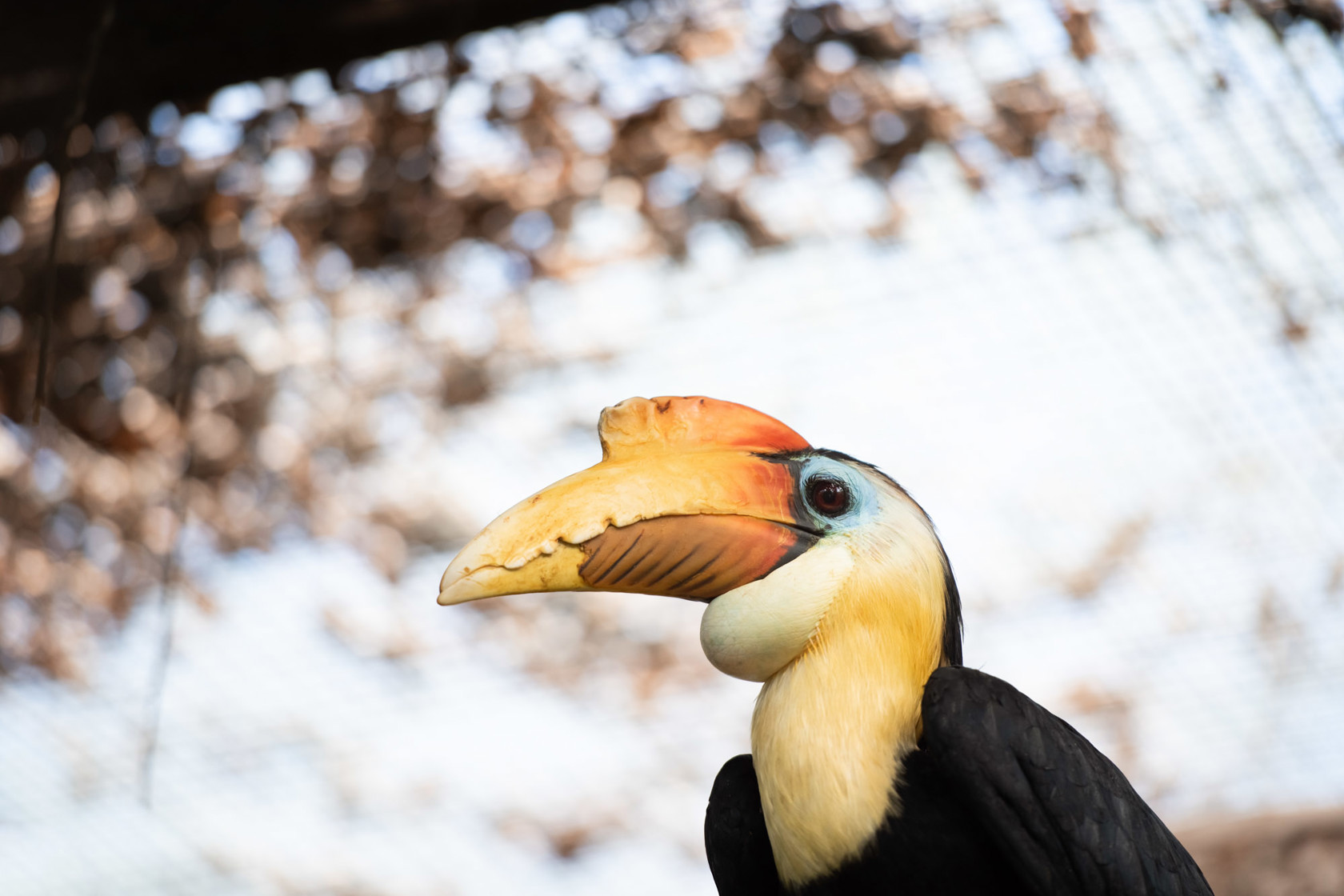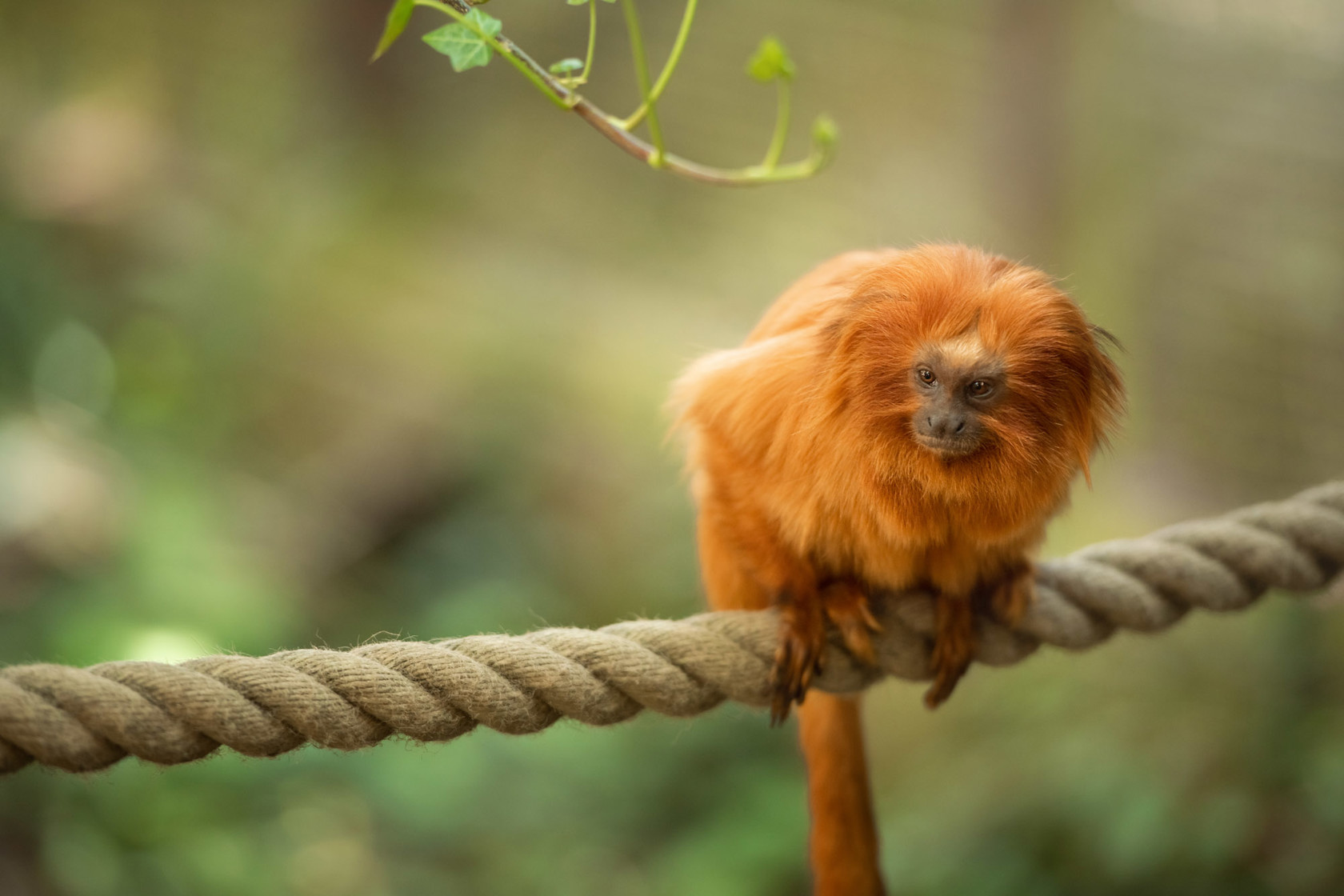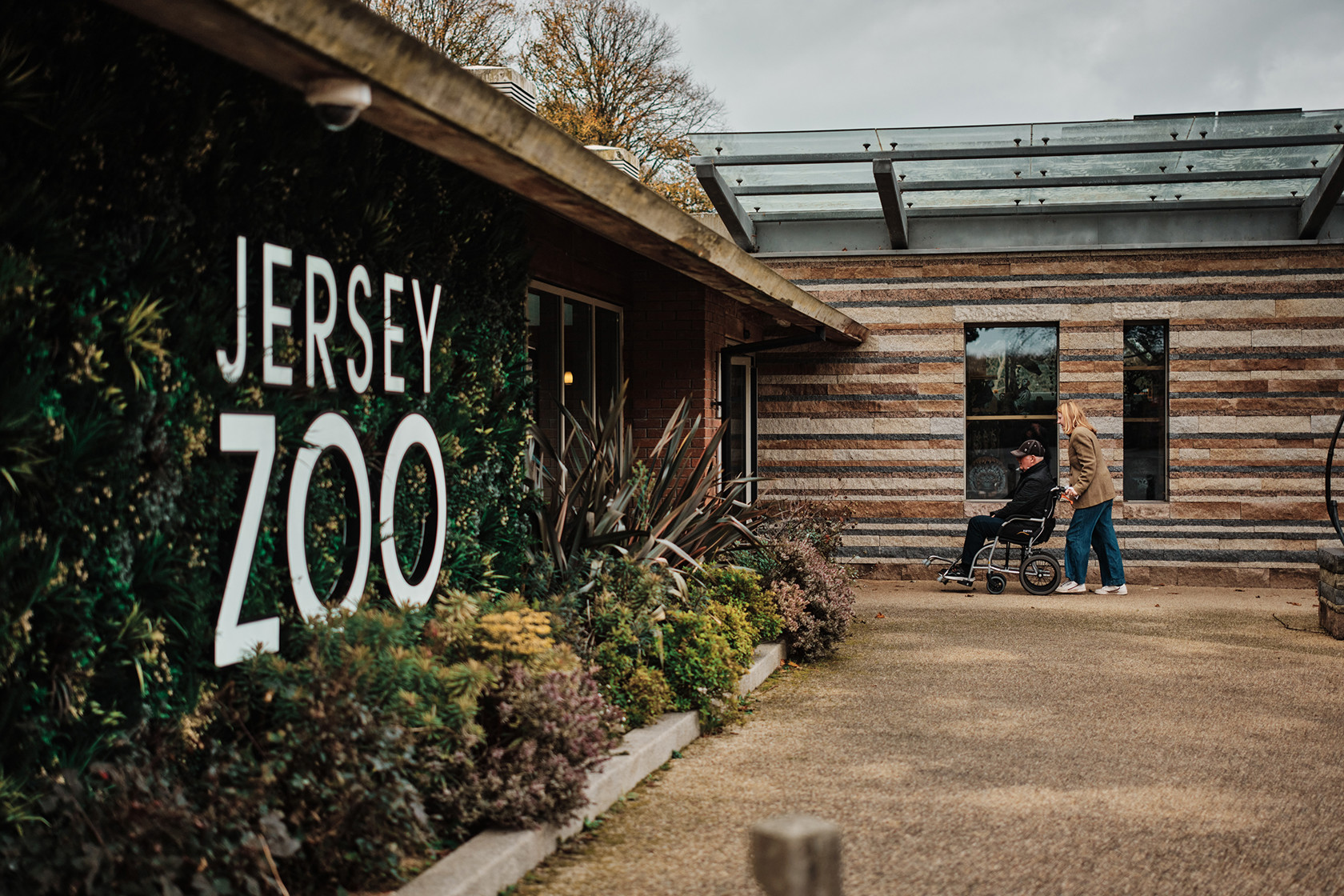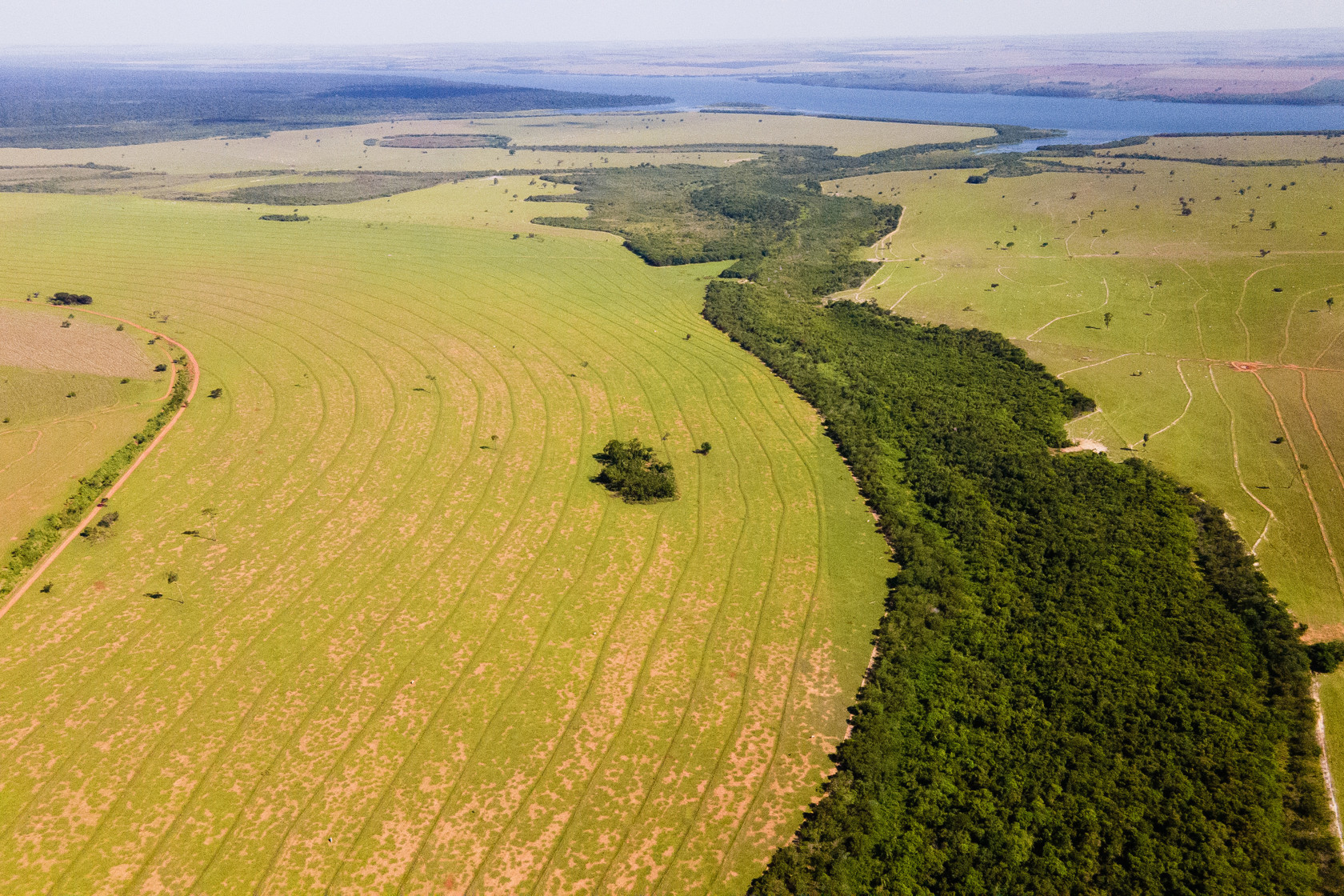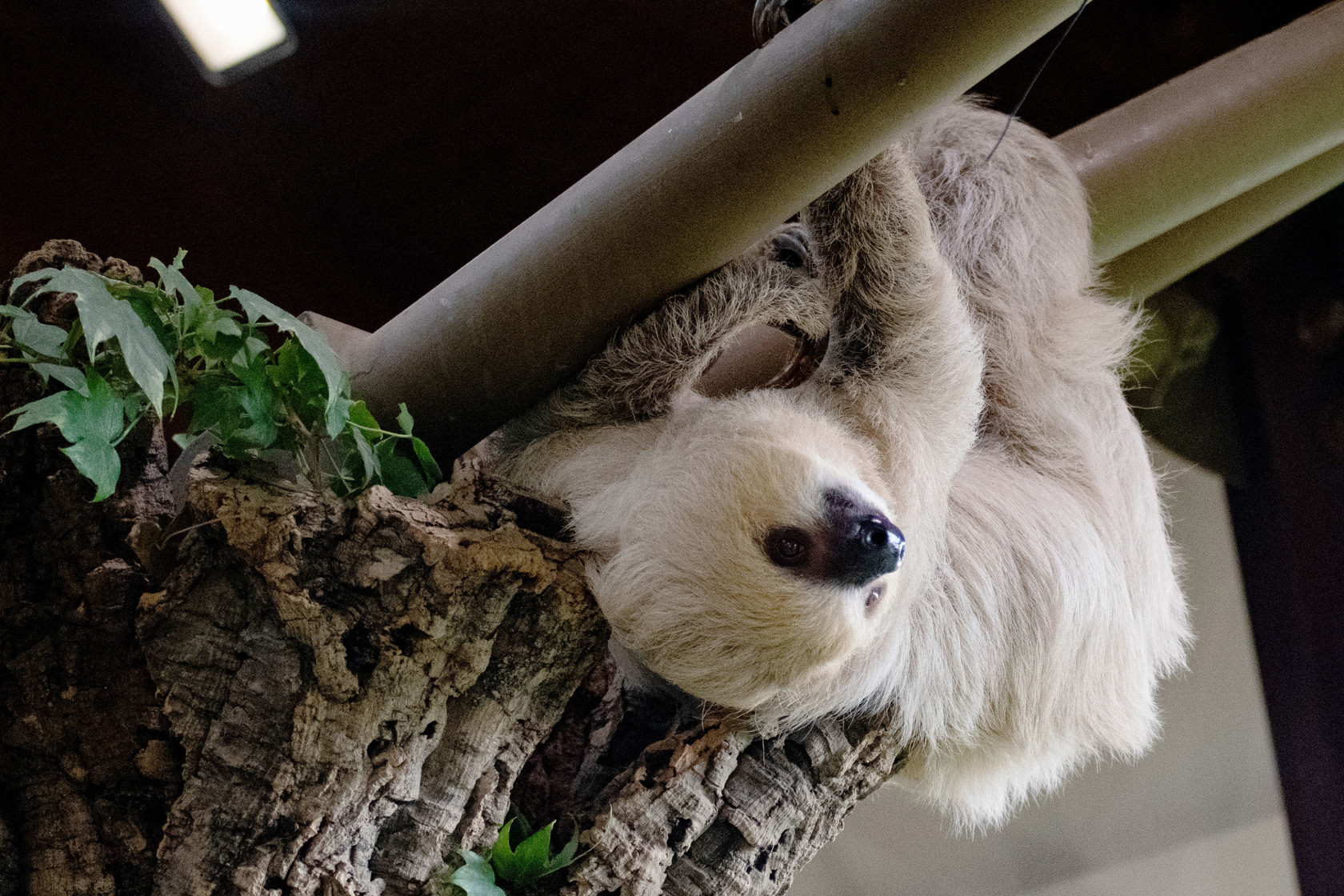Miniature monkeys go long haul
Earlier this month five black lion tamarins made the epic journey from Sao Paulo to Jersey where they have taken up residence at Durrell.
Bringing these five tamarins to Jersey is a vital step for the survival of this species in captivity. Durrell manages the international studbook for black lion tamarins and hopes that it can now start to re-grow the population. In Europe the captive population is down to just four individuals but a viable size of 350-400 animals is needed to serve as a proper safety net against a disaster in the wild.
Dominic Wormell, Head of Mammals at Durrell Wildlife Conservation Trust has been working with the species for nearly 30 years comments: This import of black lion tamarins is vital for the international conservation programme for the species and represents a great collaboration of international institutions working together to secure the future of a species. The tamarins fragmented wild population is under ever increasing pressure due to habitat destruction and the extreme effects of climate change, making the likelihood of a stochastic event such as a fire or outbreak of disease ever more likely in these small forest patches. The isolated populations in the wild have to be monitored and managed for them to survive.
Tamarins isolated in a small forest fragment surrounded by intensive agriculture are to all intents and purposes, captive, and will die out without intervention. We view the animals in captivity as a population in a safe forest fragment, a population that can be managed closely and in the future integrated back into the wild.
Black lion tamarins are endangered on the IUCN red list, with just 1,600 of these miniature monkeys thought to be living in the wild. The captive population in Europe has reached precariously low levels and is now at risk of dying out, hence the need to introduce new individuals to the breeding programme.
Once thought to be extinct, the black lion tamarin was rediscovered in the 1970s and is now only found in Sao Paulo, Brazil. These tamarins are under immense pressure as severe deforestation has dramatically reduced their habitat to just 7% of its former range and left the species in a precarious state In 1990 black lion tamarins were bred at Durrell and this was the first time this has been accomplished. outside their native Brazil. In 1999 we reached a crucial stage in the species recovery programme, a group of BLTs trained in the woods at Jersey Zoo was returned to Brazil for reintroduction to the wild.
Bringing these five tamarins to Jersey is a vital step for the survival of this species in captivity. Durrell manages the international studbook for black lion tamarins and hopes that it can now start to re-grow the population. In Europe the captive population is down to just four individuals but a viable size of 350-400 animals is needed to serve as a proper safety net against a disaster in the wild.
Dominic Wormell, Head of Mammals at Durrell Wildlife Conservation Trust has been working with the species for nearly 30 years comments: This import of black lion tamarins is vital for the international conservation programme for the species and represents a great collaboration of international institutions working together to secure the future of a species. The tamarins fragmented wild population is under ever increasing pressure due to habitat destruction and the extreme effects of climate change, making the likelihood of a stochastic event such as a fire or outbreak of disease ever more likely in these small forest patches. The isolated populations in the wild have to be monitored and managed for them to survive.
Tamarins isolated in a small forest fragment surrounded by intensive agriculture are to all intents and purposes, captive, and will die out without intervention. We view the animals in captivity as a population in a safe forest fragment, a population that can be managed closely and in the future integrated back into the wild.
Black lion tamarins are endangered on the IUCN red list, with just 1,600 of these miniature monkeys thought to be living in the wild. The captive population in Europe has reached precariously low levels and is now at risk of dying out, hence the need to introduce new individuals to the breeding programme.
Once thought to be extinct, the black lion tamarin was rediscovered in the 1970s and is now only found in Sao Paulo, Brazil. These tamarins are under immense pressure as severe deforestation has dramatically reduced their habitat to just 7% of its former range and left the species in a precarious state In 1990 black lion tamarins were bred at Durrell and this was the first time this has been accomplished. outside their native Brazil. In 1999 we reached a crucial stage in the species recovery programme, a group of BLTs trained in the woods at Jersey Zoo was returned to Brazil for reintroduction to the wild.

